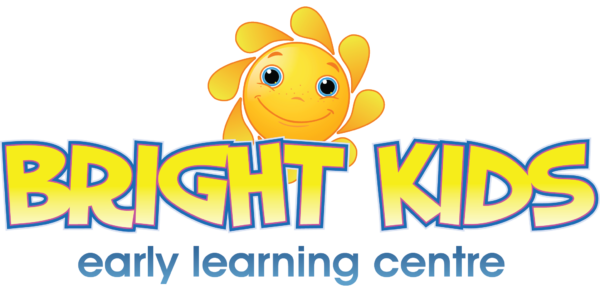Acknowledgement Of Country
” We would like to acknowledge the Traditional Custodians of the land on which we meet today, and pay our respects to their Elders past, present and emerging. We extend that respect to Aboriginal and Torres Strait Islander peoples here today.”
We are an Aboriginal Sensitive Centre
We are an Aboriginal Sensitive Centre, honouring the land in which we were given here at Bright kids, by understanding and paying respects to the traditional custodians of past, present and emerging. Collaborating with Elders with our ‘Empowering our Youth’ inspired program.
We are a part of ‘ Kombumerri tribe’ and the Yugambeh Language people here in Nerang.
The Yugambeh language people are the traditional custodians of the land located in south-east Queensland and north-east New South Wales. More specifically Logan City to Tweed City regions whose ancestors all spoke one or more dialects of the Yugambeh Language.
We offer an Aboriginal Inspired educational program, collaborating with a selection of Traditional Custodian Aboriginal Elders. Uncle Allan Lena of the Yugambeh Language group, heads our aboriginal educational program an has paved the way for fellow elders to contribute their knowledge.
The ‘Empowering our Youth’ program is embedded in our curriculum and modified to every age group. We invest in children our cultural knowledge of our native heritage.
Our vision is a journey of living, breathing and walking together to bridge the gap.
We collaborate every 3 weeks with traditional elder, uncle Allan, who teaches our native culture through interactive lessons. All lessons are linked to the EYLF program with educators and teachers extending on these lessons to consolidate the teachings, until Uncles next visit.
There are 7 Common ground features between mainstream and Aboriginal pedagogies that enhance learning for all children:
- Learning through narrative;
- Planning and visualising explicit processes.
- Working non-verbally with self reflection, hands on methods.
- Learning through images, symbols and metaphors.
- using indirect, innovative and interdisciplinary approaches.
- Modelling and scaffolding by working from wholes to parts.
- Connecting learning to local values, needs and knowledge.


